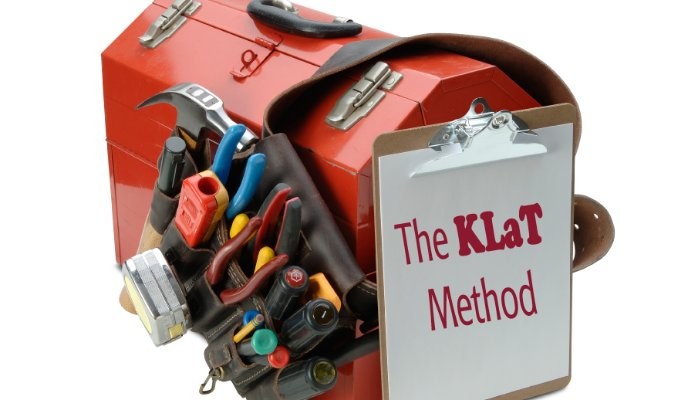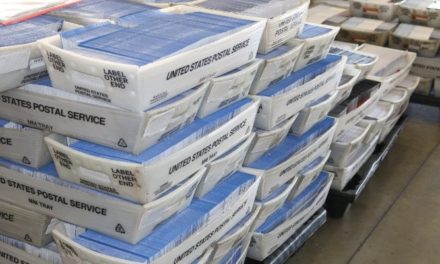Marketing is the psychology of knowing what makes people buy and it's built on 3 stages. It is one of the most critical aspects of interacting with prospects and customers in this digital age. It's what I call the KLaT Method of Marketing. It's very basic, been talked about for years, yet, it seems it is often overlooked. Understand these three-stages and you'll be light years ahead of the competition. Even though it is rather simple, achieving it can take years. Let's look at the who, why, and what.
Who do you buy from? Why do you buy from them? What made us make that purchase?
We buy from people we Know, Like and Trust? Yes, it is that simple.
- Know: We buy from Amazon or Best Buy because we Know what we will get – a competitive product at a good price in a timely manner.
- Like: We hear about a great new restaurant from someone we like, and we'll give it a try.
- Trust: We ask our doctor for a referral because we Trust them with our lives quite frankly, so their opinion matters and we'll follow that advice.
When we are connecting with new prospects and potential customers, we struggle everyday with the fact that some people don't buy our products, even if our offering is better, more competitive, simply put – Way Better than who they got it from before. So what gives? Why don't they buy from us?
The Know:
Do they Know my company, my product, or my service? We all understand how important it is to make a connection and establish a relationship with a new prospect. Did you know they are busy? Have lots of their own work to do? Getting to know you may just not be that high on their list. So we have to give them a reason.
That starts with the pain points your customers have that your product can solve them? We buy products and services to address an issue we have. We are always looking for ways to save time and make my life easier, will your offering answer that need? Maybe your product can help with a productivity issue that can allow me to focus on my business or other daily tasks. Maybe your service has an innovative approach to a problem that will not only save me time but in doing so will save me money.
Let's say you are sending a letter, direct mail piece, or email as a first connection. Illustrate these solutions in a clear and concise way. If they see the value, they will continue the conversation. Provide a case study that explains how your product provided an answer to that pain point, and how it's implementation offered benefits beyond the customers' expectations.
Your customers chose your company to fill a need they believe you were best able to handle. Highlight those needs and let that next customer know that you have the solution to help them alleviate those pain points and that is why they should get to Know you and your company.
The Like:
Will they Like us and what we are producing? We know we're awesome, but do they know that? How can we get them to see it?
Once we get to know a new company, we need to be sure we like them. Let's face it, if we are going to be in a relationship with the companies we work with, we want to like them and what they are doing.
Now might a great time to do a survey of your existing customers to find out why they bought from us. Is it our amazing customer experience? Exceptional products? Competitive pricing?
As we start the courtship of trying to get a prospect to Like us enough keep moving forward, we can never lose site that we are trying to convince the prospect that we are reputable, and we have their best interests in mind, Nothing is a quicker turn-off than someone trying to sell us something who crosses a line that gives us that uncomfortable feeling.
A note of caution – the problem with the Like, is that it doesn't mean we have to best friends. There is a fine line between a personal friend and a business relationship. Often, I have seen marketing or sales person cross that line with devastating results.
Remember, it's not about us, it is about them. Everything we do needs to be focused on their needs. And the Like is not so much about the liking us, but liking what we have to offer. The more we focus on that, the quicker they begin to trust us.
The Trust:
No one is going to have Trust without first getting know us and liking what we have to offer.
One would think once you are here, the close is easy. But this one can be very challenging. Mostly because when we get to the trust stage, a decision comes into play. If I buy, what happens next? In the B2B world, often there is fear. If I decide to buy your product and it doesn't live up to expectations, it could reflect badly on me or worse yet – I could lose my job, In this stage, you have to back your claims. This can be done with a trial period, a testimonial or reference, some concrete proof that you can deliver what you are promising.
One way to do this, is to demonstrate your authority on the subject. Have you written about it in a book or blog? Is your experience easy to reference? Be prepared to have the proof needed to gain that Trust. Show the results others with the same predicament have achieved.
The Know, Like, and Trust Method is used every day, often without strategically thinking about it. We practice this process in our personal relationship all the time. But it can be most effective if you set goals to achieve each of these stages, one at a time, and in a methodical way.
Look at your marketing. Your flyers. Your emails. Your communication. If you didn't know you, is there a clear path or reason anyone should get to know you? It may take multiple efforts (and it usually does-sometimes years). But first they need to Know who you are. Then believe what they have seen enough to have a conversation. That's where you develop a relationship enough so they begin to Like you. All leading up to them having enough Trust in what you offer to know it is worth their money.






